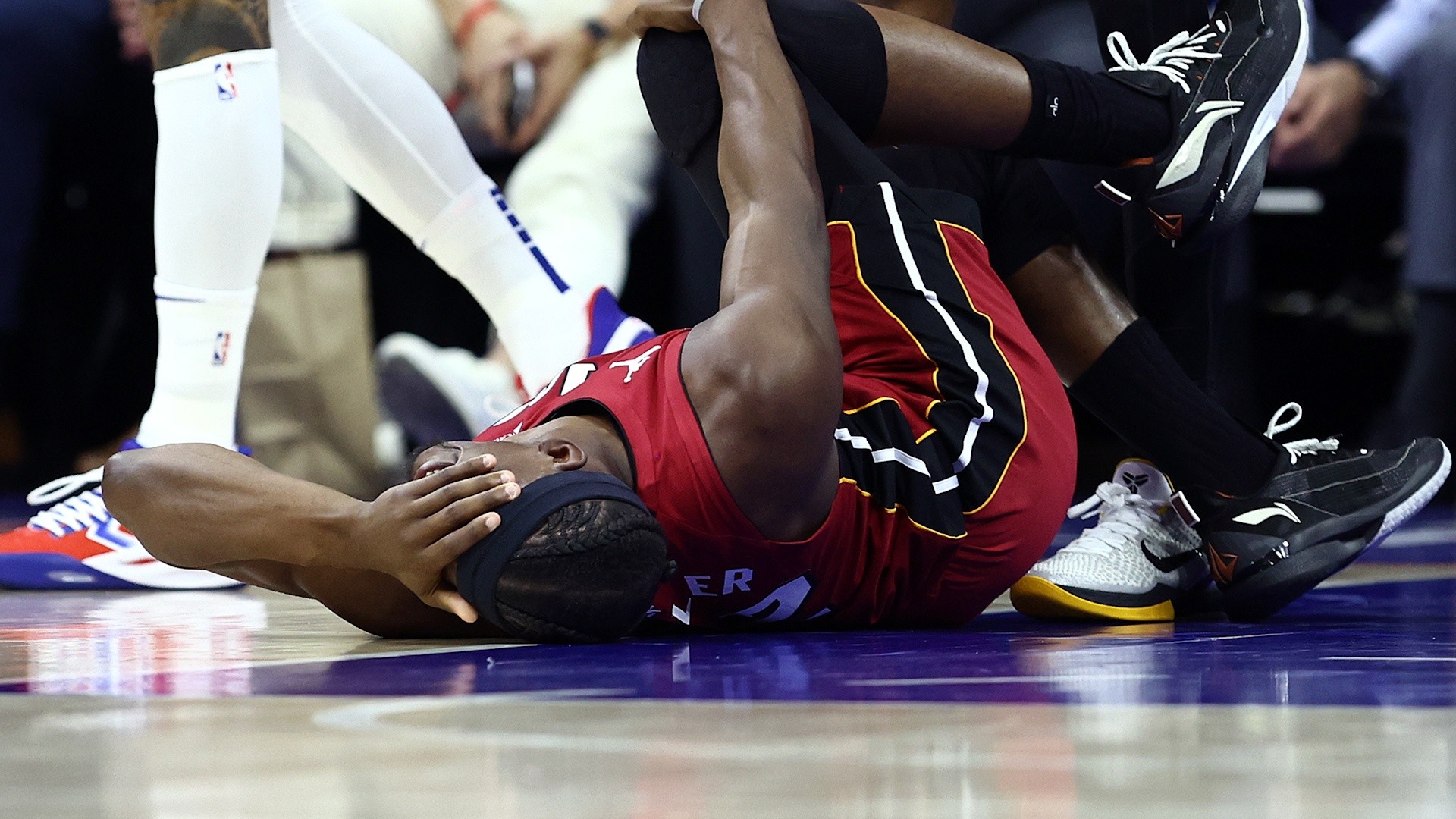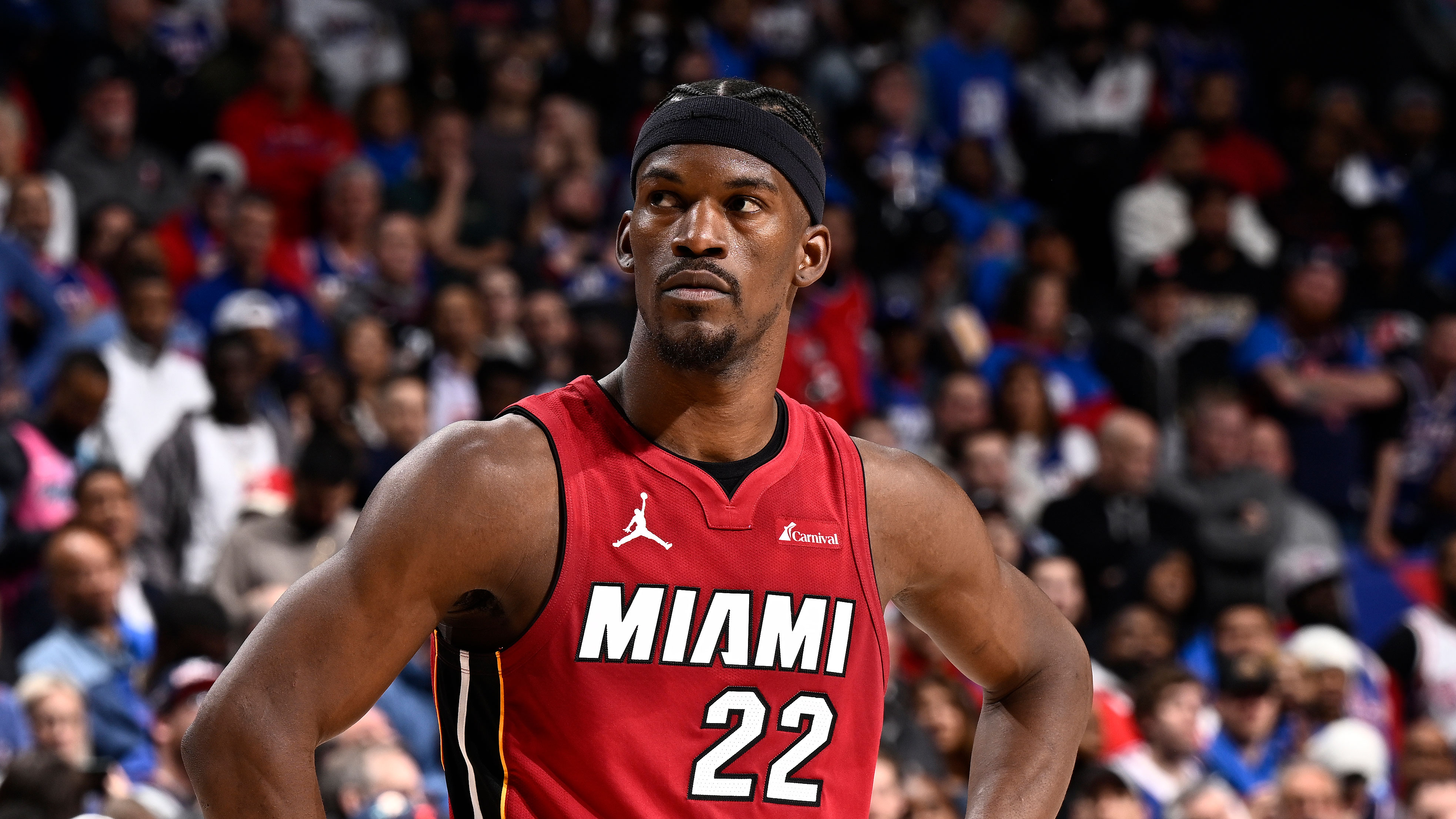
Success at the point guard position has never been more critical than it is in today’s NBA. Consider that in 2017, 2018 and 2019, the top 30 leading scorers in each season included 12, 8 and 10 point guards. That was an incredible jump from just a decade earlier, when 3, 2 and 3 point guards were included in the top 30 leading scorers in 2007, 2008 and 2009.
A point guard has won MVP each of the last four seasons (Curry twice, Westbrook, Harden) after the position combined to win three MVPs from 1956 to 2014 (if you’d like to count Allen Iverson or Magic Johnson as point guards, feel free to do so. The point remains).
Of the last three draft classes, 2, 3 and 2 point guards were selected in the top-5. The three years prior to that? 1, 1 and 0 point guards went in the top-5.
The strategy is becoming clear: Find your franchise point guard. And ironically it’s the one aspect of the Bulls rebuild that they haven’t aced in terms of unearthing future talent. They traded for and developed a shooting guard in Zach LaVine. They used their expiring contracts and abundant cap space to acquire a small forward in Otto Porter. They drafted their frontcourt in Lauri Markkanen and Wendell Carter.
And yet the point guard position remains a mystery. Lucky for them, there’s an answer in this year’s draft class.
Two years ago, Ja Morant was an unranked point guard from South Carolina starting as a freshman for a Murray State team that had gone 16-17 the previous year. A lot has happened since then for Morant, who arrived on the national scene after a dominant sophomore season in which he led the country in assists, became the first player in NCAA history to average 20 points and 10 assists, and earned All-American honors for a 28-win Racers team that won an NCAA Tournament game. Here’s how he did it:
Morant was far and away the best transition player in basketball last season. He led the country with 268 transition points, 53 more than anyone else. In fact, the difference from Morant to No. 2 was the same as No. 2 to No. 29 in total transition points.
NBA
But it wasn’t just volume scoring; Morant’s 1.202 points per possession on transition attempts ranked 30th in the country. He was absolutely elite as a transition scorer, using his lightning-quick speed to get out on the break and his athletic 6-foot-3 frame to finish at the rim.
But wait, there’s more. Morant also assisted on 93 transition field goals to his teammates. That was nearly 29 percent of his season total, and it doesn’t include passes he made that led to free throw attempts. Morant will enter the NBA as one of the best transition threats in the league. Those instincts, combined with his speed and agility, will convert seamlessly. And in an NBA that just topped 100.0 possessions per game for the first time since 1989, Morant is arriving at the perfect time.
Keeping with the trend of NBA-relatable traits, Morant put together an excellent season in pick-and-roll on an incredibly high volume, averaging 0.776 points per possession in 254 actions. Morant hovered near the likes of Trae Young (0.881 PPP on 335 possessions) and De’Aaron Fox (0.852 on 162 possessions) in this category. Give Morant a capable rim-runner or pick-and-pop shooter (in the Bulls’ case, they have both) and it’ll only make him more explosive. Consider that Morant did all this with defenses keying in on him every night.
Morant did most of his damage in these two areas. That’s good news for his NBA prospects – though admittedly he’ll need to work heavily on his 3-point shot. He’s going to score plenty; Russell Westbrook has averaged 26.3 points per game over the last five seasons and shot 30.9% from beyond the arc.
Guess what else Morant has in common with Westbrook? An assist rate that’ll make you blush. His assist rate of 51.4 percent led the country and he did so on a 36.0 usage rate. Morant distributed in every way imaginable and made it look easy – and anyone knocking his lack of competition should Google what he did against Alabama, Auburn, Marquette and Florida State this past season. Whether it came in transition, off pick and roll or on isolation dribble-drives, Morant kept the ball moving with crisp passes and elite court vision. He’s going to have a direct and immediate impact on whichever offense he joins.
Morant has the frame to become a solid defender at the position but still needs work on that end. He’s a gambler – which was fine against the likes of Austin Peay and UT Martin – and his effort has come into question at times. Athleticism does not equal defense (ask Zach LaVine) but Morant has a chance to improve on that end because of his measurables.
He’d be a no-brainer pick for the Bulls at No. 2. We’ve written ad nauseum about why the Kris Dunn experiment is over, and any veteran free agent signing would be a stopgap. Instead, the Bulls have a chance to find their future at the position. Yes, a Moran-LaVine pairing in the backcourt isn’t ideal defensively. The Bulls don’t have the luxury of waiting around as they enter Year 3 of the rebuild. If there’s a franchise point guard on the board, you grab him.
He'd force Jim Boylen’s hand into picking up the pace offensively, and his pick-and-roll prowess plays right into the hands of Markkanen and Carter. Add in 3-point wings in LaVine and Porter and you’ve got a match made in heaven. There isn’t a better fit for any team in the Lottery than Morant and the Bulls.


